


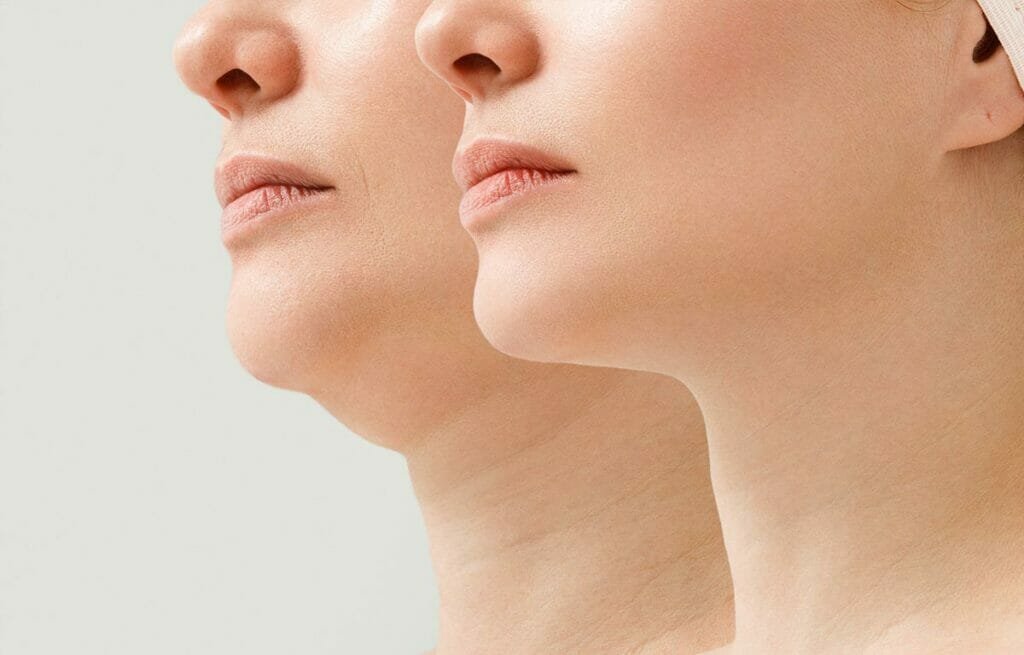
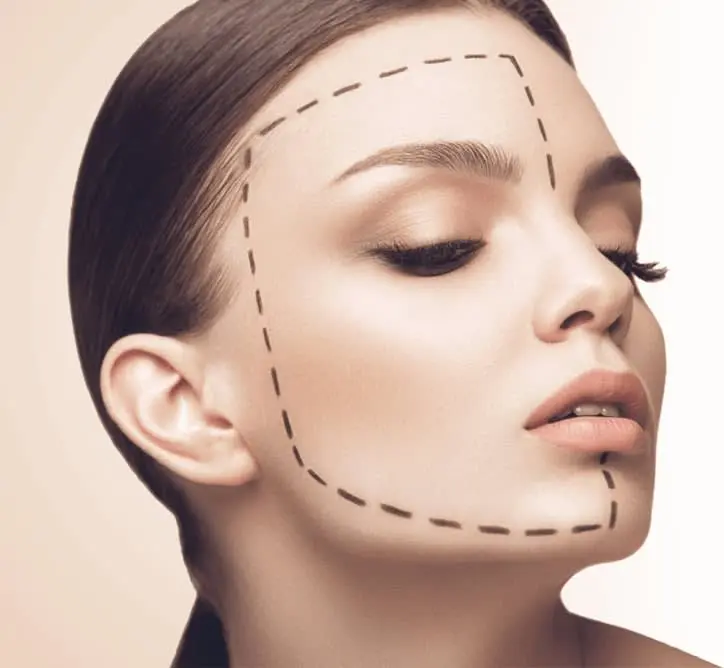
Bellaroma is a board-certified plastic surgery hospital in United Arab Emirates. We are three time winner of Best of Plastic Surgeon Award in the cosmetic surgeons category.

Risks & Considerations: It is also important to discuss your goals and expectations with your surgeon and to carefully follow their pre-and post-operative instructions to ensure the best possible results.
Manage Discomfort with Medications:
Take prescribed pain medications as directed by your surgeon to manage any post-operative discomfort. Over-the-counter pain relievers may also be recommended. It’s important to stay ahead of the pain and follow the prescribed schedule for medications.Use Cold Compresses to Reduce Swelling:
Applying cold compresses to the treated area can help minimize swelling and bruising. Be sure to follow your surgeon’s recommendations regarding the duration and frequency of cold compress application.Maintain Head Elevation:
Keeping your head elevated, especially while sleeping, can help reduce swelling. Use extra pillows to keep your head elevated at a comfortable angle during the initial days of recovery.Avoid Strenuous Activities:
Refrain from engaging in strenuous physical activities, heavy lifting, and vigorous exercise for the initial weeks following surgery. Your surgeon will guide you on when it’s safe to resume normal activities.Consume a Soft Diet Initially:
In the first few days after surgery, opt for a soft diet to avoid putting excessive pressure on the chin area. This can include foods like soups, yogurt, and mashed potatoes. Gradually reintroduce a regular diet as recommended by your surgeon.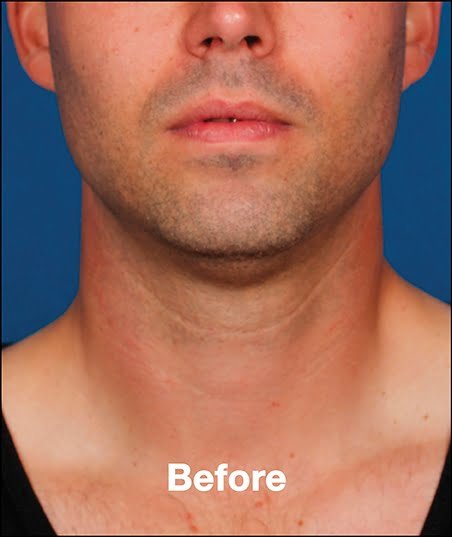
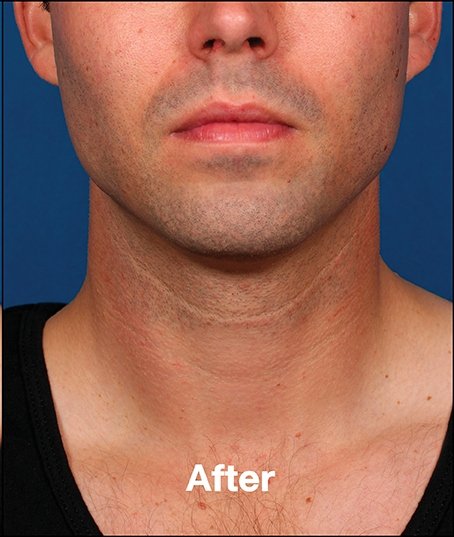
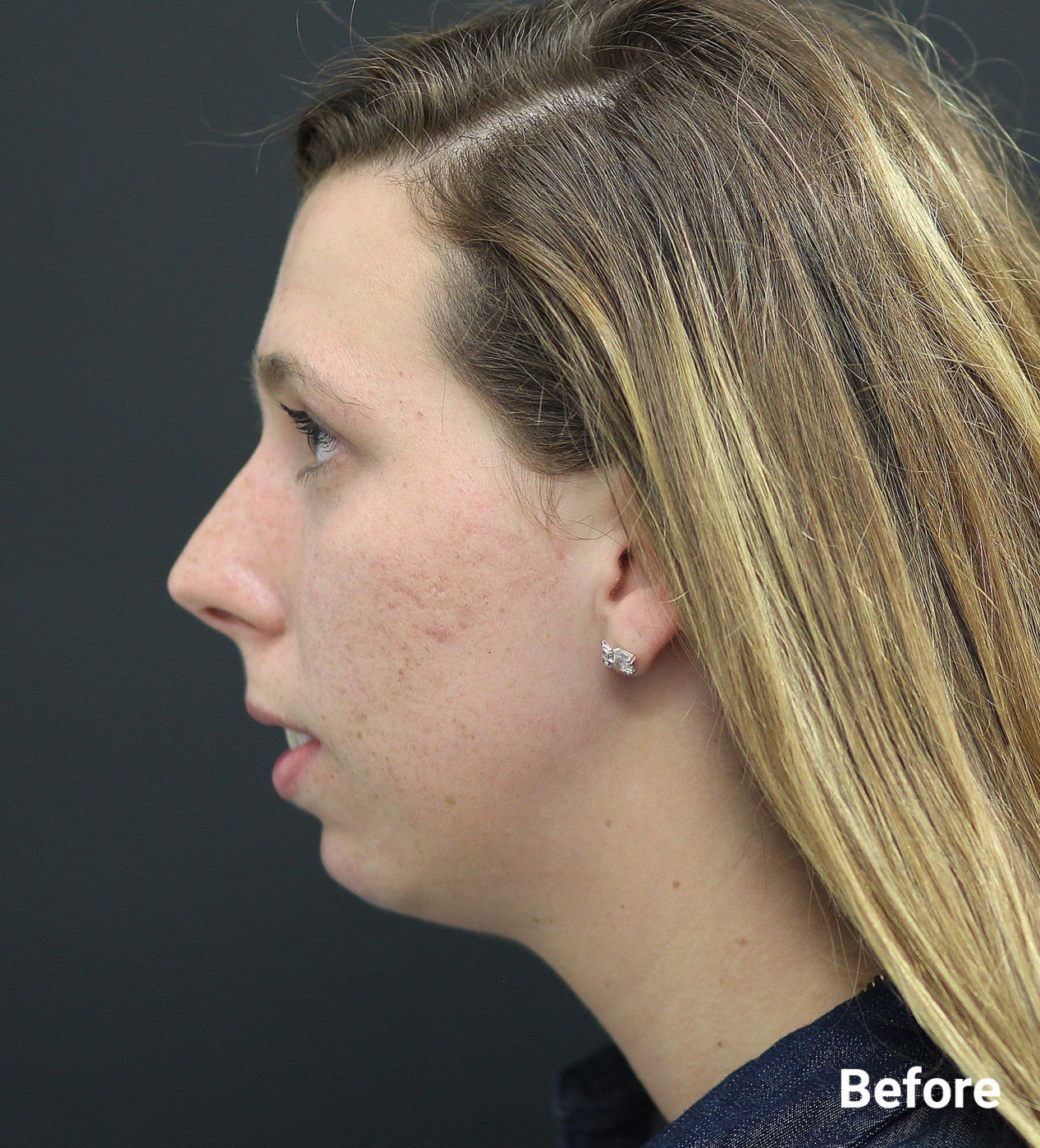
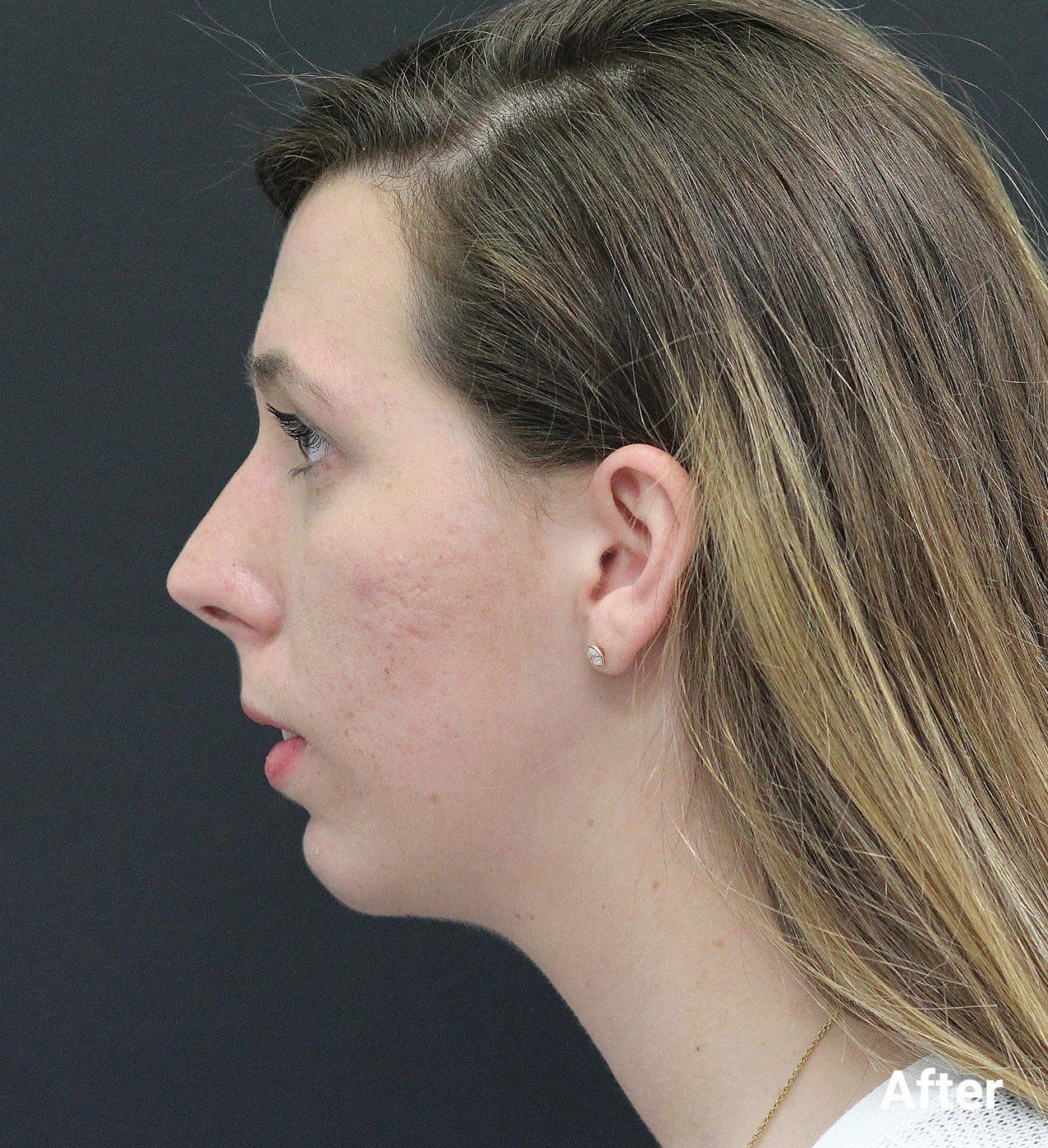
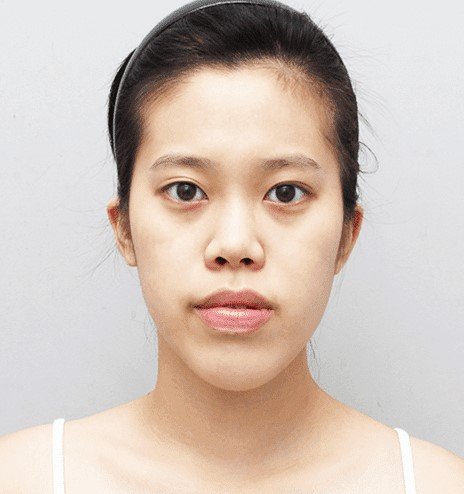

The initial recovery period varies, but most patients can expect several weeks of limited physical activity and special precautions to protect the treated area. Full recovery, including the resolution of swelling and the final settling of the implant (if used), may take several months. Your surgeon will provide personalized guidance based on your progress.
Incisions for chin augmentation are typically made in inconspicuous locations, such as inside the mouth or beneath the chin. While some scarring may occur, it is often minimal and strategically placed to be less noticeable. Your surgeon will discuss the incision location and scarring during the pre-operative consultation.
The timeline for returning to work and normal activities depends on the extent of the surgery and individual healing. Many patients can resume light activities and return to work within a week, while strenuous exercise and activities that may put pressure on the chin should be avoided for several weeks. Your surgeon will provide specific recommendations based on your procedure and progress.
Chin augmentation can be performed as a standalone procedure or combined with other cosmetic surgeries, such as rhinoplasty or facelift, to achieve more comprehensive facial harmony. Combining procedures is a common practice, and your surgeon will discuss the potential benefits and considerations during the consultation.
While chin augmentation is generally considered safe, like any surgery, it carries some risks. Potential complications may include infection, changes in sensation, implant displacement, or dissatisfaction with the aesthetic outcome. Regular follow up appointments with your surgeon and adherence to post-operative care instructions can help mitigate these risks, and any concerns should be promptly addressed with your medical provider.

UAE also embodies the essence of self compassion and self care that is part of Bellaroma message to the world.